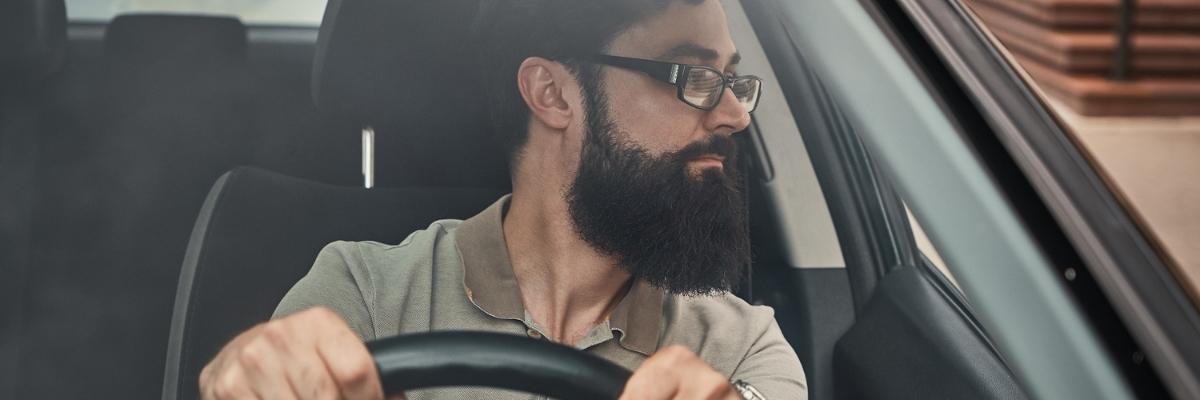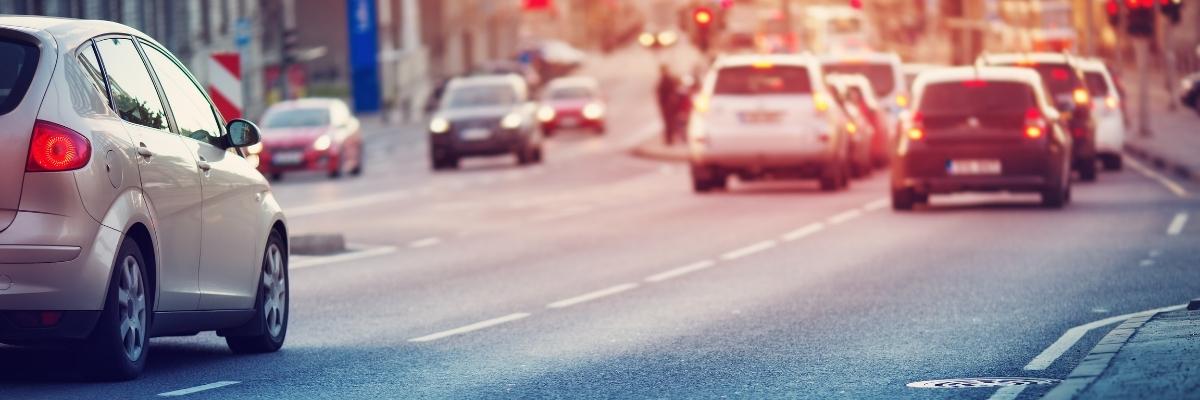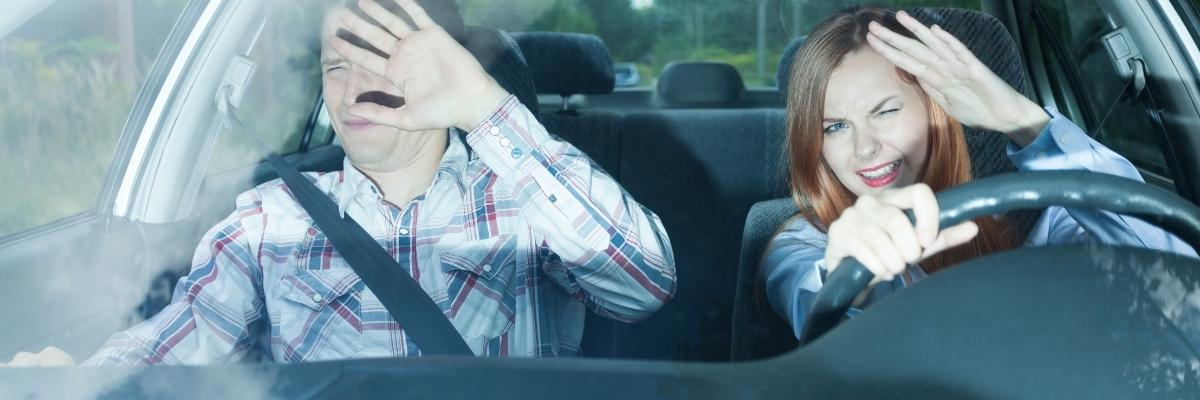12 Safety-first Practices For Driving At Night
Driving at night can be dangerous if you’re not careful. Unsurprisingly, studies have shown that more than half of all traffic fatalities occur between 6pm and 6am. There are many factors that contribute to this, but staying safe is largely about being prepared. With a few simple precautions, you can keep yourself and your passengers out of harm’s way.
Don’t let the darker evening hours keep you at home! With some advanced preparation, staying safe is easy as pie. Our safety belt experts at Orion have brought together these 12 tips to make nighttime driving an enjoyable and safer experience for you and your loved ones. Simply make sure you are aware of these 12 safety-first practices before driving at night.
1. Make sure your vehicle is in good condition

When you drive at night, it’s especially important that your vehicle is in tip-top shape. Don’t neglect a single check-up and stay on top of your vehicle maintenance schedule. From checking to make sure your seat belts are working to having your oil changed, your vehicle should always be ready for a nighttime drive. The best time to check your vehicle is before you start driving for the night. With the proper vehicle maintenance, you’ll feel more secure in the driver’s seat. Of course these inspections are only the first step to driving at night. Now let’s dive in and go over our other recommendations.
2. Keep your headlights on

Now, this might sound like a total no-brainer but stats show that many fatal accidents occur due to a lack of visibility at night. In fact, it’s been said that the leading cause of nighttime accidents is inattentiveness or failure to use proper turn signals. Set yourself up for maximum safety by keeping your headlights on during every night drive.
Malfunctioning light bulbs or the lack of them could cause an accident without you even being aware of it. Make sure to check all of the lights on your dashboard to make sure they are working. With the headlights turned on, you’ll be more likely to notice things around you and reduce your risk of getting into an accident. Even if it’s not dark out yet, consider turning on your headlights if necessary. It’s what they’re for.
3. Clean up your windshield

Be sure to clean your windshield before embarking on a nighttime drive. Sometimes even the smallest debris can cause you to lose visibility. Anything from bugs and insects can impact your night vision while driving at night. This is especially important if it’s raining, since raindrops will show up on your windshield glass and obscure your vision. Remember to check your wiper blades for worn out rubber and fluid levels before leaving on a drive. If your windshield is dirty, clean it up before you take off.
4. Check the condition of your seat belt

Be sure to check the condition of your seat belt before every drive. Always buckle up no matter how short or far away your destination may be. Not only is using a seat belt mandatory in many countries, it’s absolutely necessary for your safety. A seat belt can make a huge difference should you get into an accident. Even if the accident is small, one little mistake could be all it takes to cause serious damage or injury. Make sure you and everyone else in your vehicle is buckled up before driving at night.
5. Be aware of your surroundings at all times

Even if you have a keen focus on the road ahead, always stay attentive so you know what is going on around your vehicle. If something suddenly appears in front of your headlights then you need to react without delay. Any distraction while driving at night can increase the risk of an accident. If it’s hard for you to stay observant, turn your music down or off. The sound of music can easily distract you while driving at night. Just keep in mind that anything you do while driving at night is risky. If the main reason you are distracted is because of something you have with you in your vehicle, put it in the backseat or trunk before beginning your journey.
6. Make sure your tires are properly inflated

Of course, if your tire pressure is off then this could be a very dangerous problem. Plus, if your tires are under inflated, you’ll wear them out faster. This means you will have to replace them more often and that adds up. It’s not just a matter of safety either. Under-inflated tires also use more gasoline. Make sure to check your tire pressure every once in a while and adjust as necessary, you don’t want to be caught without enough air in your tires when you need it the most. If you’re driving at night, you need to be on point with everything you do, especially making sure your tires are properly inflated.
7. Get used to driving on dark roads

It’s a good idea to adjust yourself to the roads you will be driving on at night. Pay attention to any turns or obstacles that may come up and position your vehicle accordingly. Also, learn how long it takes for your headlights to reach maximum illumination after you start up your vehicle. It can take time to adapt to darkness depending on where you are. If you are driving on roads you are not familiar with, don’t push it. Give yourself more time to get used to the dark roads so you are able to see better.
8. Don’t tailgate

It is very difficult to see things at night, which means it’s easy to lose track of how close you are to the vehicle in front of you. As a general safety precaution, try not tailgate. You probably don’t want the person in front of you suddenly making a turn or stopping without warning. Try to maintain a distance between your vehicle and the vehicle in front of you at all times, depending on how fast you are going. If it’s too dark for you to see the person ahead of you, switch on your high beams so they can notice where you are coming from.
9. Make appropriate use of high beams

That brings us to the point of high beams. While high beams can help you see better at night, it’s important to use them only when necessary. Using your high beams all the time will reduce your eyes’ ability to adjust to darkness. Since most people don’t want their eyesight deteriorating every time they drive at night, limit your usage of high beams to poorly lit areas. Ideally, use your high beams only when you need to see a little further.
10. Keep yourself adequately rested before a night drive

What happens when a tired person is behind the wheel of a vehicle at night? Nothing good, that’s what. You should never drive while being overly tired or sleepy for this reason. If you know you have to get somewhere at night and have some distance to cover, try to sleep beforehand so you’re well-rested before. Now, it’s not possible for everyone to sleep before they drive at night, so in the meantime, try eating foods high in carbohydrates. It will give you more energy so you can stay awake better. It’s also a good idea to increase your caffeine intake before and in the course of your nighttime drive.
11. Don’t drink and drive

Don’t drink and drive, ever. Even if you only had one drink and you feel fine, don’t get in the vehicle. A single glass of alcohol can impair your vision and judgement at night, which is not what you need when driving. For every alcoholic beverage you consume, it takes some time before it wears off. If you’re generally tired, having one glass of alcohol will make it harder for you to stay awake. It’s just not worth it to risk your life by drinking and driving at night.
12. Keep an eye out for wildlife

Wild animals may not be as abundant on the roads, but they are still out there. Deer and moose are especially common in some parts of the country. If you see an animal crossing your path at night, slow down to prevent yourself from any accident that may result. It also wouldn’t hurt to have a bright flashlight with you if you have to stop on a dark road at night. If you spot an animal ahead of you, turn off your headlights and stop the vehicle as far away from the animal as possible. Flash your high beams to scare it off so you can pass safely.
When driving at night, there are a number of safety-first practices you should follow in order to make sure that you reach your destination safely. Your vehicle should be in good condition, your headlights should stay on and you should only use high beams sparingly. Be aware of your surroundings at all times, check the condition of your seat belt and wear them. Following these tips will help you stay safe while driving at night!
At Orion Safety Belts, we’re committed to securing the safety of everyone behind the wheel. Make sure to take the best safety measures and feel free to get in touch with our professionals for any safety concerns you may have.
